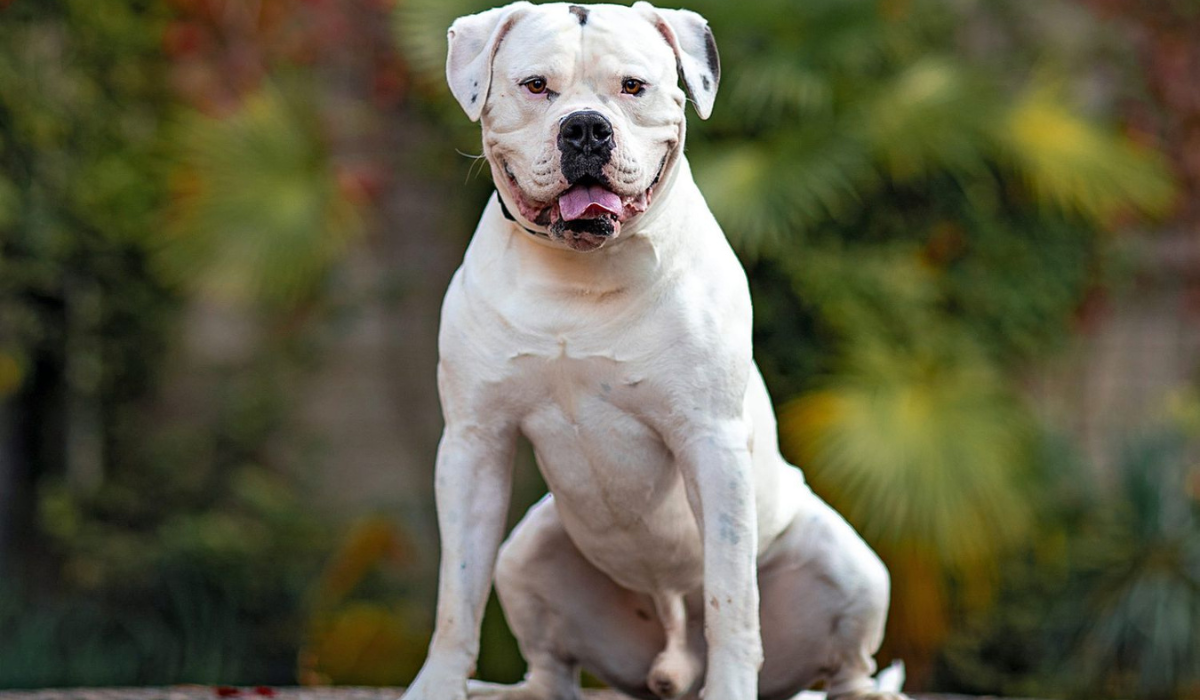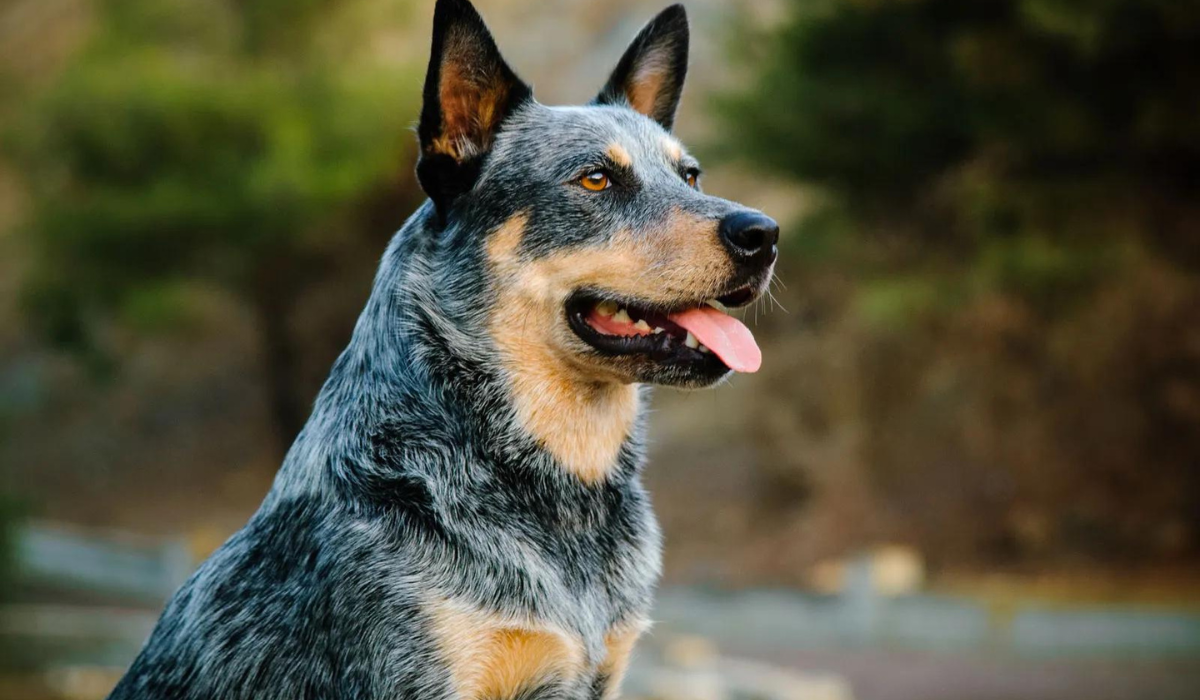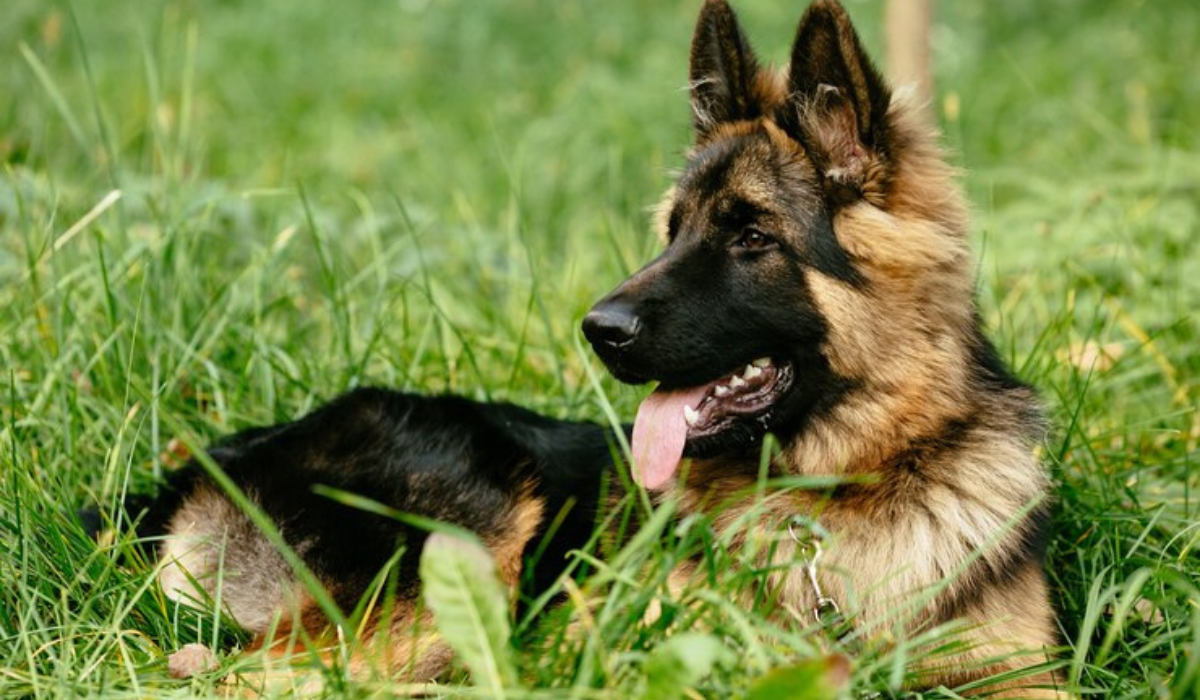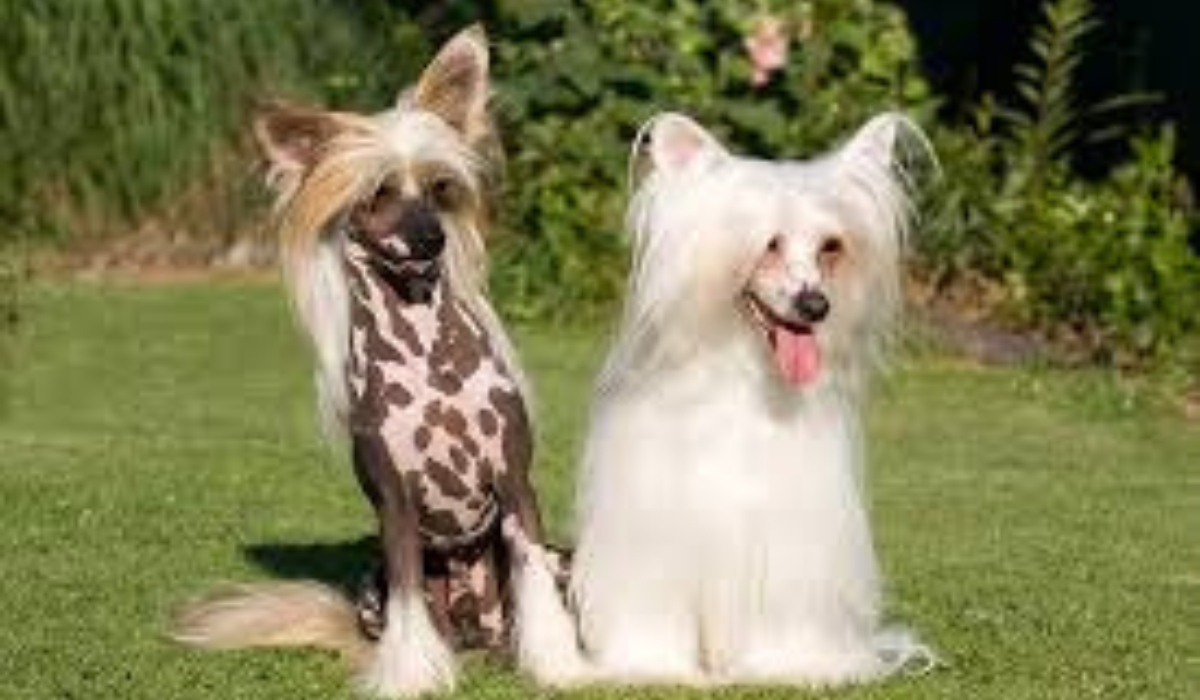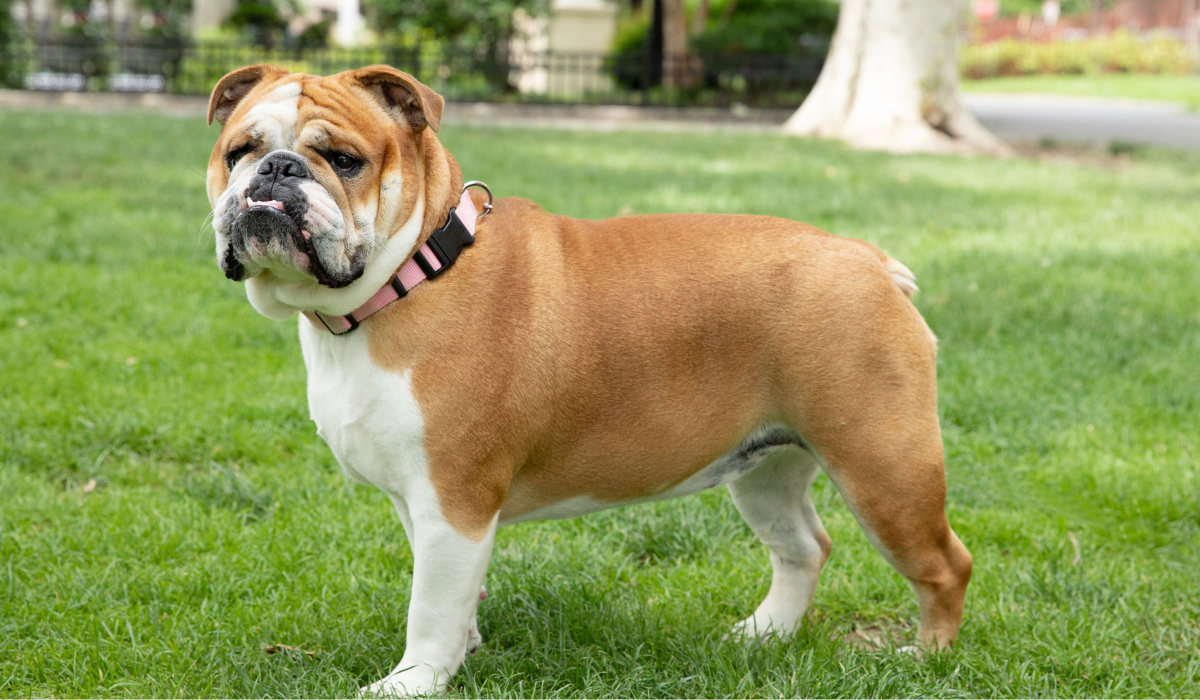An iconic breed, the German Shepherd is known for its intelligence, loyalty, and versatility. We will explore the German Shepherd in this article, from its history to its key features, adaptability to weather changes, and pros and cons of owning this breed.
Details about the German Shepherd:
Known for their noble appearance and strength, German Shepherds are medium-sized to large dogs. In general, males range in height from 24 to 26 inches at the shoulder, and their weight is between 65 and 90 pounds. These dogs have a well-muscled body and a double coat that can be short or long, in colors such as black, tan, and sable. Erect ears and expressive eyes are hallmarks of German Shepherds.
Here is a brief history of:
Germany developed German Shepherds to herd sheep in the late 19th century. In spite of this, the breed’s intelligence, courage, and trainability quickly led to its involvement in a wide range of roles, including police work, search and rescue, and service work. Police and military operations became associated with the breed during the two World Wars.
Key features include:
Dog breeds with the highest intelligence are German Shepherds. People with cognitive acumen are highly sought after for jobs requiring rapid learning and complex tasks.
German Shepherds are known for their unwavering loyalty to their families, as well as their trainability. Dogs and owners form strong bonds because of their loyalty and trainability.
The breed excels at obedience, agility, tracking, and protection despite its versatility. Adaptability allows these workers to work in a variety of situations.
Adaptability to climate change:
Despite being double coated, German Shepherds are ideal for a variety of climates due to their ability to insulate against cold and warm temperatures. Despite their ability to adapt to different weather conditions, it’s important to provide them with shade and water during hot weather, and adequate shelter during cold weather.
The following are some of the advantages of German Shepherds:
-
Since German Shepherds are quick learners, they are easy to train.
-
There is no doubt that German Shepherds are loyal and protective of their family members.
-
This breed excels at a variety of jobs, including police work and family protection.
-
They are highly trainable due to their high intelligence and eagerness to please.
Cons of German Shepherds include:
-
It is important for German Shepherds to be exercised regularly and to be mentally stimulated.
-
Because they shed all year, the breed must be groomed regularly to maintain their coat.
-
It is possible for German Shepherds to display aggression without proper socialization and training, especially if they feel threatened.
-
Hip dysplasia and digestive problems can affect German Shepherds.
As a result, the German Shepherd is a model of loyalty, intelligence, and adaptability. The rich history and impressive features of these dogs make them popular choices for both law enforcement and family pets. Prospective owners should be aware that the American Bulldog is a symbol of strength and resilience, with its muscular build, distinctive appearance, and loyal temperament. We will examine the history, features, adaptability to weather changes, and pros and cons associated with this powerful and affectionate breed in this article.
American Bulldog details:
American Bulldogs are medium-sized dogs with a robust and athletic build. A male typically stands 22 to 28 inches at the shoulder, while a female is a bit shorter. The American Bulldog weighs between 60 and 120 pounds and has a distinctive head featuring a broad skull, well-defined jaw, and a distinctive underbite. Colors include white, brindle, and fawn, and their coats are short and dense.
A brief history:
American Bulldogs have a long history of working on farms and plantations, especially in the Southern United States. As a breed originally developed for catching livestock and guarding property, it proved to be versatile and courageous. In spite of a decline in numbers, dedicated breeders preserved and enhanced the breed’s traits, resulting in the American Bulldog we know today. It is important to distinguish them from the English Bulldog, which shares a historical lineage but has developed distinct characteristics over time.
Features include:
A well-muscled and sturdy American Bulldog reflects its historical role as a farm dog.
It is common for American Bulldogs to form strong bonds with their families due to their loyalty and protective nature. It is their protective instincts that make them reliable guardians.
The American Bulldog is a versatile dog, capable of serving as a family companion, as a working dog, and even as a therapy dog.
Changes in weather and adaptability:
A variety of climates are suitable for American Bulldogs. Short coats make them well-suited for warmer weather, but they may need protection from extreme temperatures. It is crucial to their well-being to provide them with warm and comfortable shelter during colder weather.
The pros of owning an American Bulldog include:
-
American Bulldogs are known for their loyalty to their families.
-
Their versatility allows them to adapt to various living environments and activities.
-
Their protective nature makes them good guard dogs and devoted family protectors.
-
With their short coats, American Bulldogs require minimal grooming compared to breeds with longer or more intricate coats.
The cons of owning an American Bulldog are as follows:
-
It is important to train American Bulldogs consistently and with a firm yet positive approach because they can be independent and strong-willed.
-
Their energy levels are moderate to high and they require regular exercise to stay active.
-
When not properly socialized from a young age, some American Bulldogs may exhibit dog aggression.
-
A number of health issues can affect American Bulldogs, including hip dysplasia and skin conditions.
To conclude, the American Bulldog is a robust and dependable breed that combines strength with gentleness. Despite having a history as working dogs, they also thrive as loyal and loving family pets. Those considering this breed should be prepared to commit to training and caring for it, ensuring a satisfying and harmonious relationship.
For a harmonious and fulfilling relationship, it is important to consider the breed’s energy levels and the commitment required.




